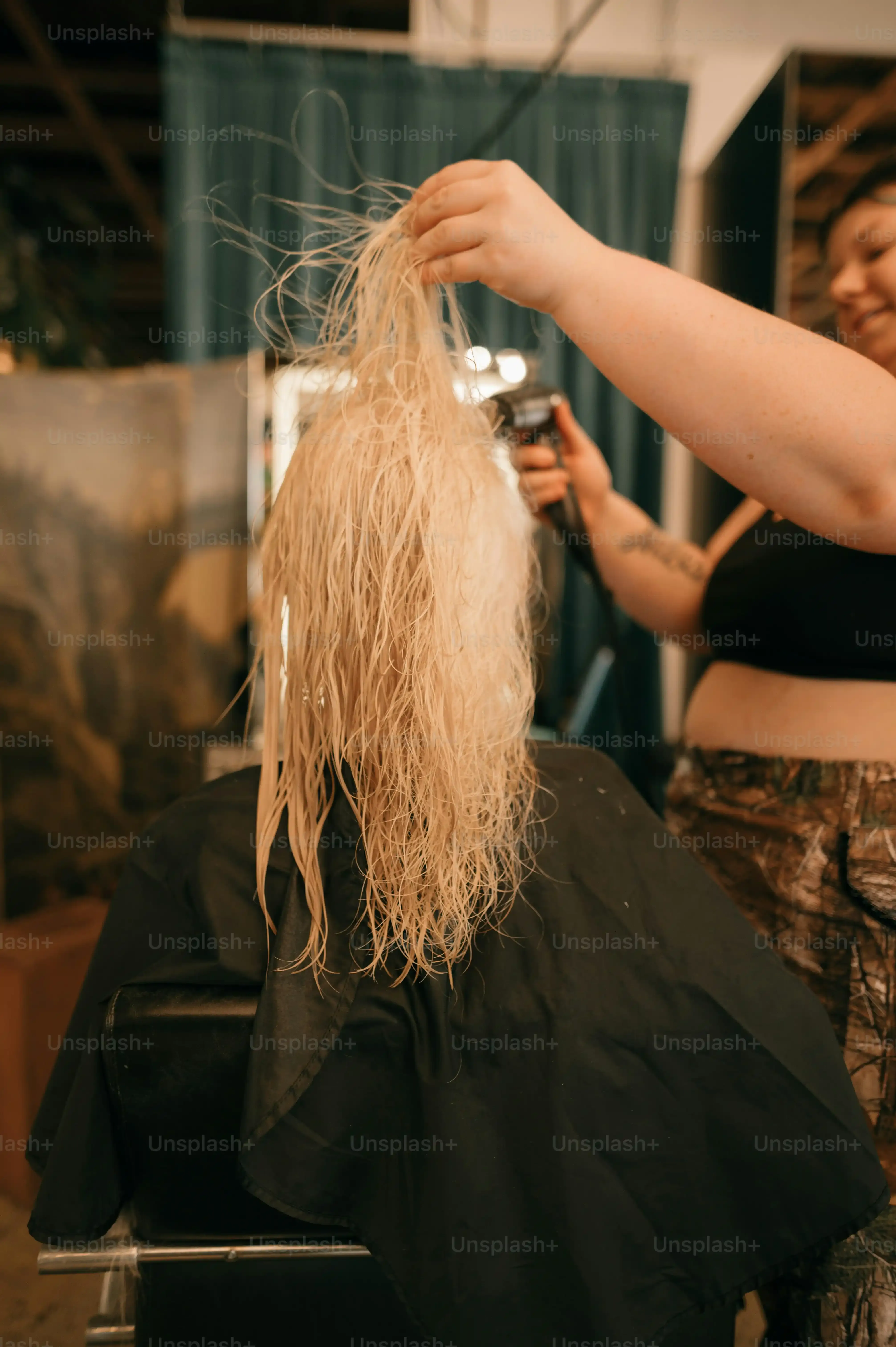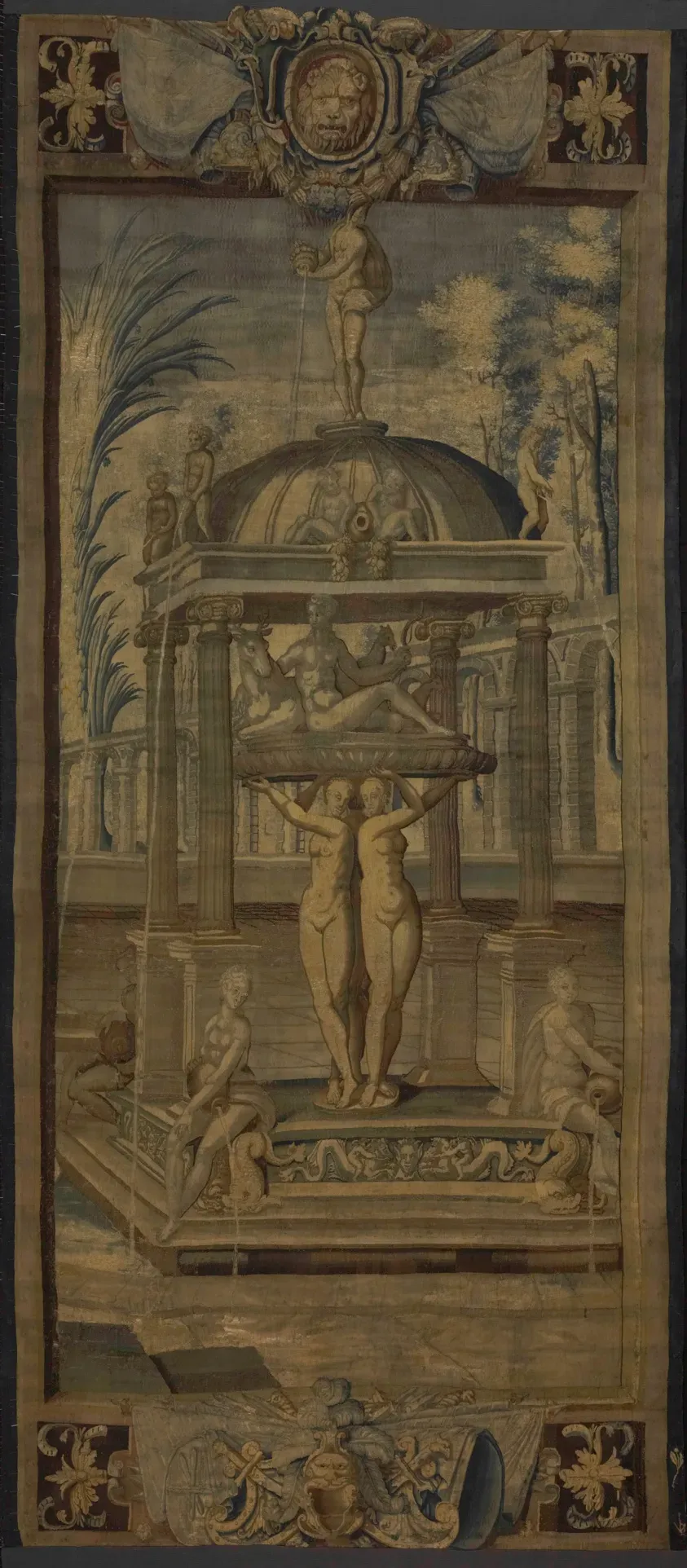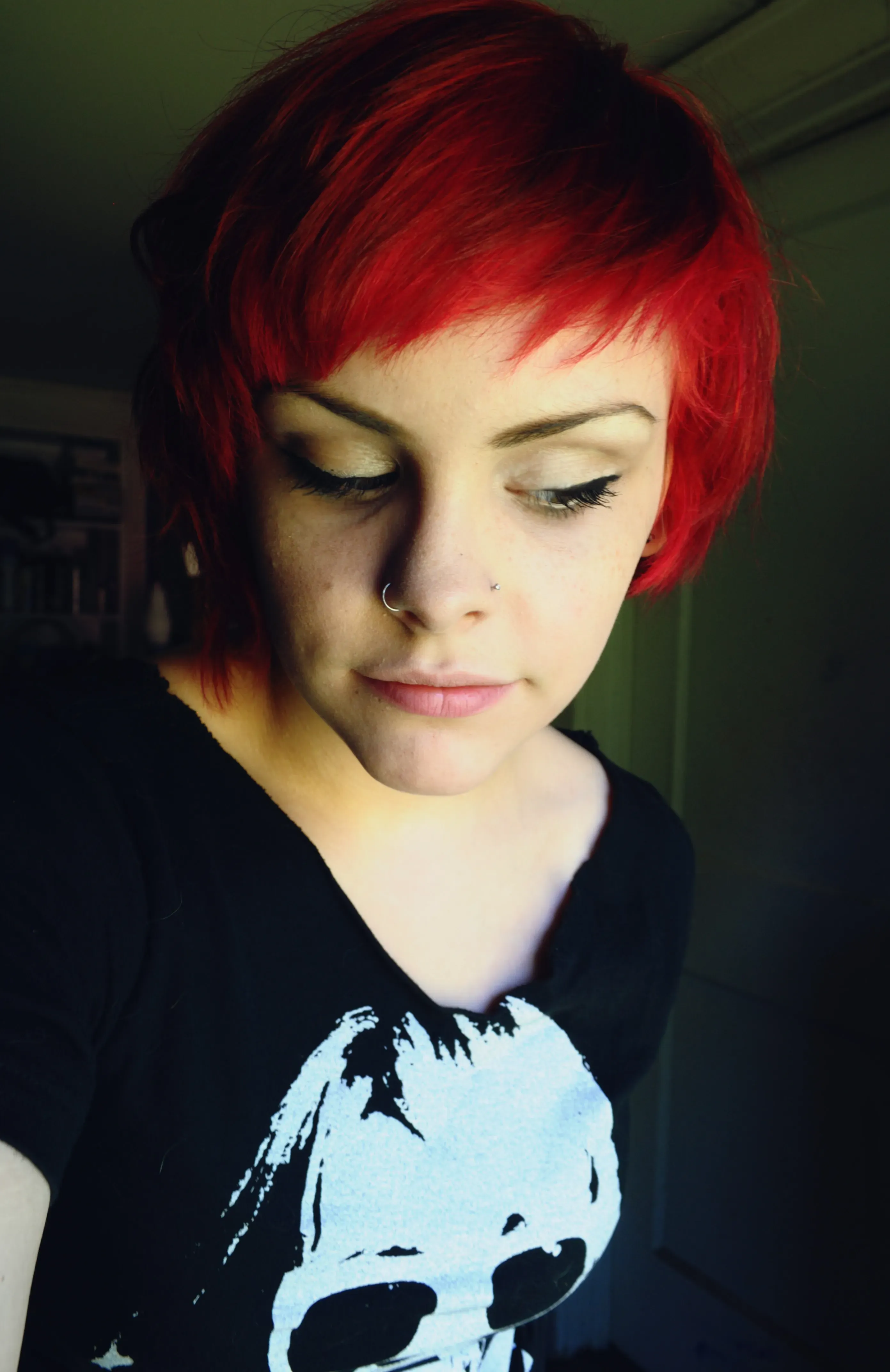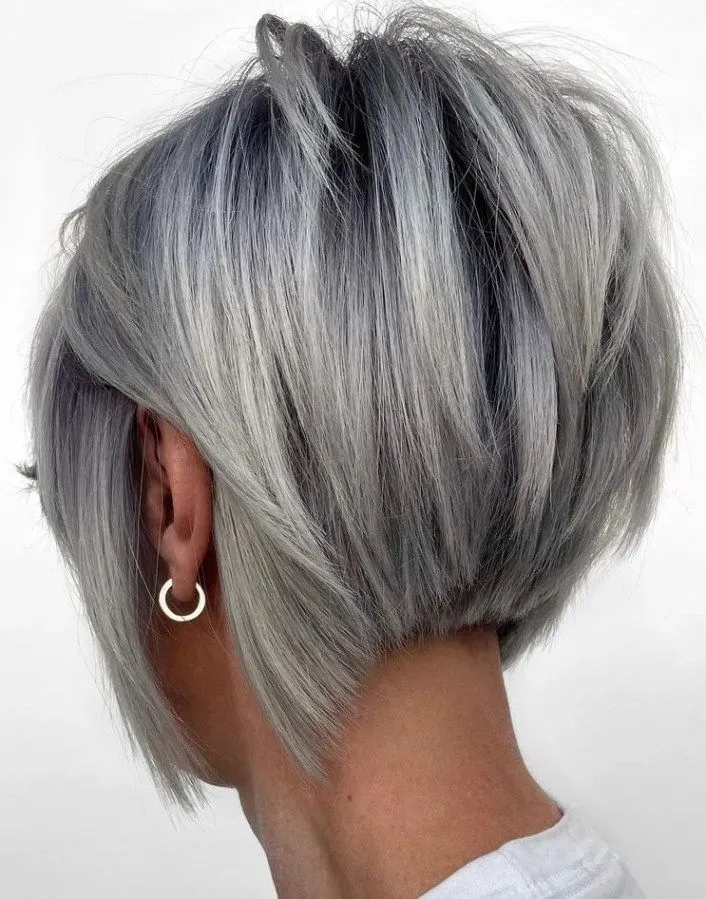Table of Contents
Ever stare in the mirror and feel like your hair is just... there? Like it's doing a job, sure, but it's not exactly sparking joy or turning heads. Making a significant hair change can feel like a high-stakes gamble, right? You see those effortlessly chic short styles on social media or walking down the street and think, "Could I pull that off?" One style that keeps popping up, consistently blending classic cool with modern edge, is thepixie bob hair cut. It's not quite a full pixie, not quite a standard bob – it's that sweet spot in between that offers structure without being rigid and freedom without being unruly.
What Exactly is a Pixie Bob Hair Cut?

What Exactly is a Pixie Bob Hair Cut?
Breaking Down the Pixie Bob Basics
Alright, so you're hearing about thepixie bob hair cutand wondering what the fuss is. Think of it as the cool, slightly rebellious love child of two classic haircuts: the pixie and the bob. It's not a super-short crop that barely skims your ears, and it's definitely not a shoulder-length situation. The magic happens right in that sweet spot, typically with the longest layers hitting somewhere around the jawline or just above it, while the back is often shorter and more tapered, like a pixie.
Picture this: you've got that shorter, often layered or graduated back that gives you that neat, lifted shape you see in pixies. But then, instead of keeping the top and sides uniformly short, you let them hang a bit longer, framing the face. This blend gives you more styling options than a traditional pixie but less weight than a standard bob. It’s structure meets versatility, a haircut that says, "I'm put-together, but I can still mess it up a little."
Why This Hybrid Cut Works
The genius of the pixie bob hair cut lies in its adaptability. That longer length around the face means you can tuck it behind your ears, create soft waves, or wear it sleek and straight. The shorter back keeps your neck feeling cool and clean, plus it helps give the cut shape and volume, especially if your hair tends to fall flat. It’s a cut that can feel sophisticated and polished one day, and edgy and cool the next, depending entirely on how you decide to style it that morning.
It’s a popular choice because it offers the ease of short hair – quicker drying time, less product needed – without the commitment of a super-short pixie that might feel too drastic for some. It provides a soft frame for your features, which a blunt, short pixie doesn't always do. Stylists often recommend it for people looking to go shorter but who still want some length to play with. It’s a gateway cut, if you will, into the world of short hair, but also a destination cut for those who just love its balanced shape.
- Combines short back of a pixie with longer face-framing sections of a bob.
- Length typically falls between the ear and jawline.
- Offers more styling flexibility than a traditional pixie.
- Often features layered or graduated back for shape.
- Provides a good balance of structure and softness.
Variations and Styling Your Pixie Bob Hair Cut

Variations and Styling Your Pixie Bob Hair Cut
It's Not Just One Cut, You Know
Thinking apixie bob hair cutis a one-trick pony? Think again. This style is like a chameleon, adapting to different lengths, layers, and angles. You can go for a stacked pixie bob, which means shorter layers piled up at the back creating a rounded, voluminous shape, often paired with a sharp angle towards the front. Or maybe an A-line version is more your speed, keeping the back shorter and gradually getting longer towards the face, creating a sleek, angled look. Some prefer a softer, choppier take with lots of texture cut in, giving it a more lived-in, slightly messy vibe. Then there's the ultra-modern, almost disconnect style where the back is super short, and the top layers are significantly longer. The point is, you're not stuck with one blueprint; your stylist can tweak the proportions to match your face shape and hair type perfectly.
The difference between a great pixie bob and one that just sits there often comes down to these variations. A stacked back adds lift to fine hair. An A-line shape can elongate a round face. Choppy layers break up thick hair and add movement. It's about finding the right architecture for your personal style and hair's natural tendencies. Don't just ask for "a pixie bob;" have a conversation about the *type* of pixie bob that will work best for you.
Making the Pixie Bob Look Effortless (It Takes Effort)
let's be real. While a pixie bob hair cut is lower maintenance than, say, Rapunzel lengths, it's not a wash-and-go miracle worker for everyone. Styling is where this cut really comes alive. For that piecey, textured look you see everywhere, you'll need products. A good texturizing spray or paste is your best friend. Apply it to dry hair, scrunching and separating pieces to add definition and hold. If you prefer a sleeker finish, a light serum or pomade can smooth down flyaways and add shine. Don't be afraid to use a flat iron or curling wand on the longer sections around your face to add a little bend or wave; it softens the look beautifully.
Volume is often key with a pixie bob, especially if your hair is fine. Using a volumizing mousse or spray at the roots before blow-drying can make a huge difference. Blow-dry against the direction your hair naturally falls to create lift. A small round brush can help add curve and shape to the ends. The goal is usually to create movement and texture, avoiding a helmet-like appearance. Experimenting with product cocktails and techniques is part of the fun – and the reality – of owning this cut.
Styling Arsenal for Your Pixie Bob:
- Texturizing spray/paste: For piecey, lived-in texture.
- Volumizing mousse/spray: To lift roots and add fullness.
- Light serum/pomade: To smooth frizz and add shine.
- Dry shampoo: To absorb oil and add grit for styling.
- Small round brush: For shaping and adding volume while blow-drying.
Beyond the Basics: Specific Pixie Bob Looks
Once you've got the hang of the daily routine, you can play with more specific styles. A deep side part can instantly add drama and sophistication, letting the longer layers sweep across your forehead. You can slick back the sides with gel or wax for a more edgy, fashion-forward feel, leaving the top textured. For a softer look, use a curling iron to create loose waves through the top and front sections, then brush them out gently for a relaxed, beachy vibe – yes, even with short hair. Accessorizing is also easier with this length; think delicate clips or headbands that wouldn't get lost in longer hair.
Consider the occasion. A sleek, side-parted pixie bob works for a formal event. A tousled, textured version is perfect for a casual day out. This cut gives you options that a super-short pixie doesn't, allowing you to switch up your look without needing a full re-cut. It’s about working with the existing structure and using products and tools to manipulate the shape and texture. That's where the real versatility of the pixie bob hair cut shines through.
Choosing the Right Pixie Bob for Your Face and Hair Type

Choosing the Right Pixie Bob for Your Face and Hair Type
Matching the Cut to Your Features and Texture
Alright, let's tackle the big question: Will apixie bob hair cutactually look good on *me*? It's a valid concern. Nobody wants to walk out of the salon looking like they lost a bet. The truth is, this cut is incredibly versatile, but getting the right version depends heavily on your face shape and hair texture. Think of it like tailoring a suit – the basic design is there, but the fit makes all the difference. If you have a rounder face, a pixie bob with more length around the jawline and some volume on top can help elongate your face. For square faces, softer, wispier layers around the face can soften angles. Oval faces? Lucky you, most variations work well. Heart-shaped faces often look great with chin-length layers that balance the jawline.
Your hair type is just as critical. Fine hair often benefits from a stacked back to create the illusion of thickness and volume. Thick hair needs strategic layering to remove bulk and prevent it from looking too heavy or triangular. Wavy or curly hair can totally rock a pixie bob, but it requires layers that enhance the texture, not fight it, often keeping a bit more length to allow the waves or curls to form properly. A good stylist isn't just a hair chopper; they're an architect for your head, and they should be able to look at your bone structure and hair type and tell you exactly which pixie bob variation will serve you best. Don't be shy about asking for their expert opinion before they pick up the scissors.
Maintaining Your Pixie Bob Hair Cut

Maintaining Your Pixie Bob Hair Cut
Regular Trims Are Non-Negotiable
So, you've got the cut, you love the look, and now you want to keep it that way. The absolute golden rule for maintaining apixie bob hair cutis regular trims. Unlike longer styles where you can stretch visits to the salon, short hair shows growth much faster. That sharp line, that perfect angle, that lifted back? They start looking shaggy and lose their shape surprisingly quickly. Waiting too long means you don't just need a trim; you need a whole reshaping, which takes longer and costs more. Think of it like tuning a guitar – a little tweak here and there keeps it sounding perfect, but let it go too long, and you're facing a bigger job.
I usually tell people aiming for this look to book their next appointment before they even leave the salon. Seriously. Four to six weeks is typically the sweet spot for most hair types and growth rates. Any longer, and you start losing the defining features of the pixie bob. That layered back starts to look heavy, the front pieces lose their framing power, and suddenly you just have... short-ish hair that doesn't do much. It's the difference between looking intentionally chic and looking like you're "growing out" a bad cut. Don't let that happen.
Product Play and Washing Habits
Maintaining the style of your pixie bob also heavily depends on your product routine. We talked about styling products, but daily care matters too. Washing too often can strip the hair, making it flat or unruly. Many people find they don't need to wash a pixie bob every single day. Using a good dry shampoo on the second or third day can help absorb oil and even add some texture, which is often a bonus for this cut. When you do wash, focus shampoo on the scalp and conditioner on the ends, even though they're short. Using lightweight products is key; heavy conditioners or styling creams can weigh down the shorter layers, especially if your hair is fine.
Speaking of products, don't be afraid to experiment. What works for your friend's textured crop might not work for your sleek A-line pixie bob. You might need a little pomade for definition, a light hairspray for hold, or a root lifter for volume. My first attempt at styling my own pixie bob was a disaster; I used way too much product and ended up looking like I'd dipped my head in grease. Less is often more, especially with short hair. Start small and add as needed. And always, always have a good heat protectant if you're using hot tools on those front pieces.
- Schedule trims every 4-6 weeks.
- Wash hair less frequently, using dry shampoo between washes.
- Use lightweight shampoos and conditioners.
- Experiment with styling products (texturizing spray, pomade, mousse).
- Apply heat protectant before using hot tools.
- Keep products focused on specific needs (volume at roots, definition on ends).
Protecting Your Investment (Your Haircut)
Beyond the salon visits and daily styling, protecting your pixie bob hair cut from external factors is smart. Sun exposure can fade color and dry out hair, making it harder to style. Consider a leave-in conditioner with UV protection or wear a hat on particularly sunny days. Chlorine in pools can also wreak havoc on color-treated hair and change texture; wetting your hair with tap water before swimming can help minimize absorption. Even something as simple as the pillowcase you sleep on can affect your style; silk or satin can reduce friction and prevent frizz compared to cotton.
Finally, pay attention to how your hair is behaving. Is it suddenly falling flat? Does it feel dry or brittle? These are signs you might need to adjust your products or routine. Maybe you need a clarifying shampoo to remove build-up, or a deep conditioning treatment if the ends feel rough. A pixie bob is a dynamic style; how you maintain it needs to be dynamic too, adapting to the weather, your hair's condition, and how you want to wear it that day. It's not a set-it-and-forget-it deal, but the payoff – a consistently sharp, stylish cut – is definitely worth the small effort.
Final Thoughts on the Pixie Bob
So, there you have it. The pixie bob hair cut isn't just one thing; it's a spectrum of lengths and textures that bridges the gap between a bold crop and a classic bob. It offers versatility, sure, but it also requires a bit of thought about your hair type, face shape, and how much effort you're willing to put in each morning. It's a style that can look incredibly sharp when executed well and maintained properly. If you're ready for a change that offers structure and personality without committing to a full-on military buzz or the daily battle with long locks, the pixie bob might just be worth considering. Just remember, finding the right stylist who understands the nuances of this particular hybrid cut makes all the difference between 'chic' and 'oops'.